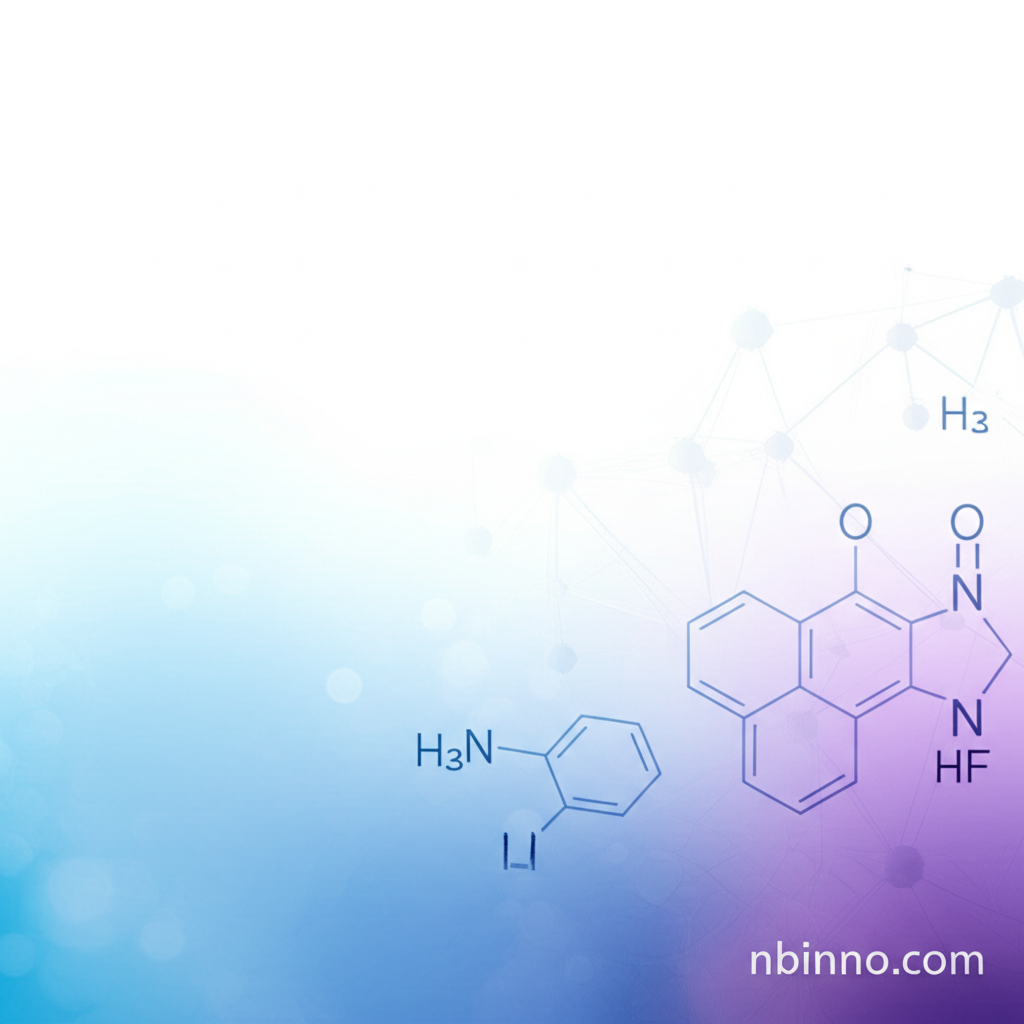Dirhodium(II) Propionate: A Versatile Catalyst in Modern Chemistry
Explore the catalytic prowess and biological significance of Rhodium(II) Propionate (CAS 31126-81-5).
Get a Quote & SampleProduct Core Value

Dirhodium(II) Propionate
Dirhodium(II) Propionate is a highly effective metal catalyst pivotal in numerous organic transformations. Its unique structure and reactivity make it indispensable for advanced chemical synthesis and hold significant promise in biological applications, including targeted therapeutics and enzyme modulation.
- Discover the advanced capabilities of dirhodium(II) propionate for carbene and nitrene transfer reactions, essential for creating complex organic molecules with high precision.
- Understand how dirhodium(II) propionate enzyme inhibition targets vital sulfhydryl-containing enzymes, offering pathways for novel therapeutic strategies.
- Explore the potential of anticancer activity of rhodium compounds, with Dirhodium(II) Propionate showing promising cytotoxic effects against various cancer cell lines.
- Learn about the rhodium carbene transfer reactions that Dirhodium(II) Propionate facilitates, crucial for constructing intricate molecular architectures.
Advantages Offered by the Product
Catalytic Versatility
Leverage the power of dirhodium(II) propionate catalytic activity in a wide array of reactions, from cyclopropanation to C-H amination, enabling efficient synthesis of valuable compounds.
Biomedical Potential
Investigate the therapeutic applications stemming from dirhodium(II) propionate enzyme inhibition and its demonstrated anticancer activity, paving the way for new metallodrug development.
Synthetic Efficiency
Benefit from the streamlined synthesis of complex molecules through rhodium carbene transfer reactions, facilitated by the consistent performance of Dirhodium(II) Propionate.
Key Applications
Catalysis in Organic Synthesis
As a premier metal catalyst, dirhodium(II) propionate CAS 31126-81-5 uses are extensive in facilitating carbene and nitrene transfer reactions crucial for synthesizing pharmaceuticals and fine chemicals.
Biomedical Research
Its ability to inhibit enzymes and exhibit cytotoxic effects makes it a subject of interest in developing new cancer therapies and understanding biochemical pathways.
Coordination Chemistry
Serves as a model compound for studying metal-ligand interactions, offering insights into the structure and bonding properties of rhodium complexes.
Materials Science
Potential applications in developing new materials due to its unique electronic and structural properties, although this is an emerging area of research.
